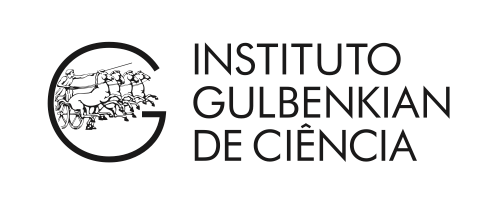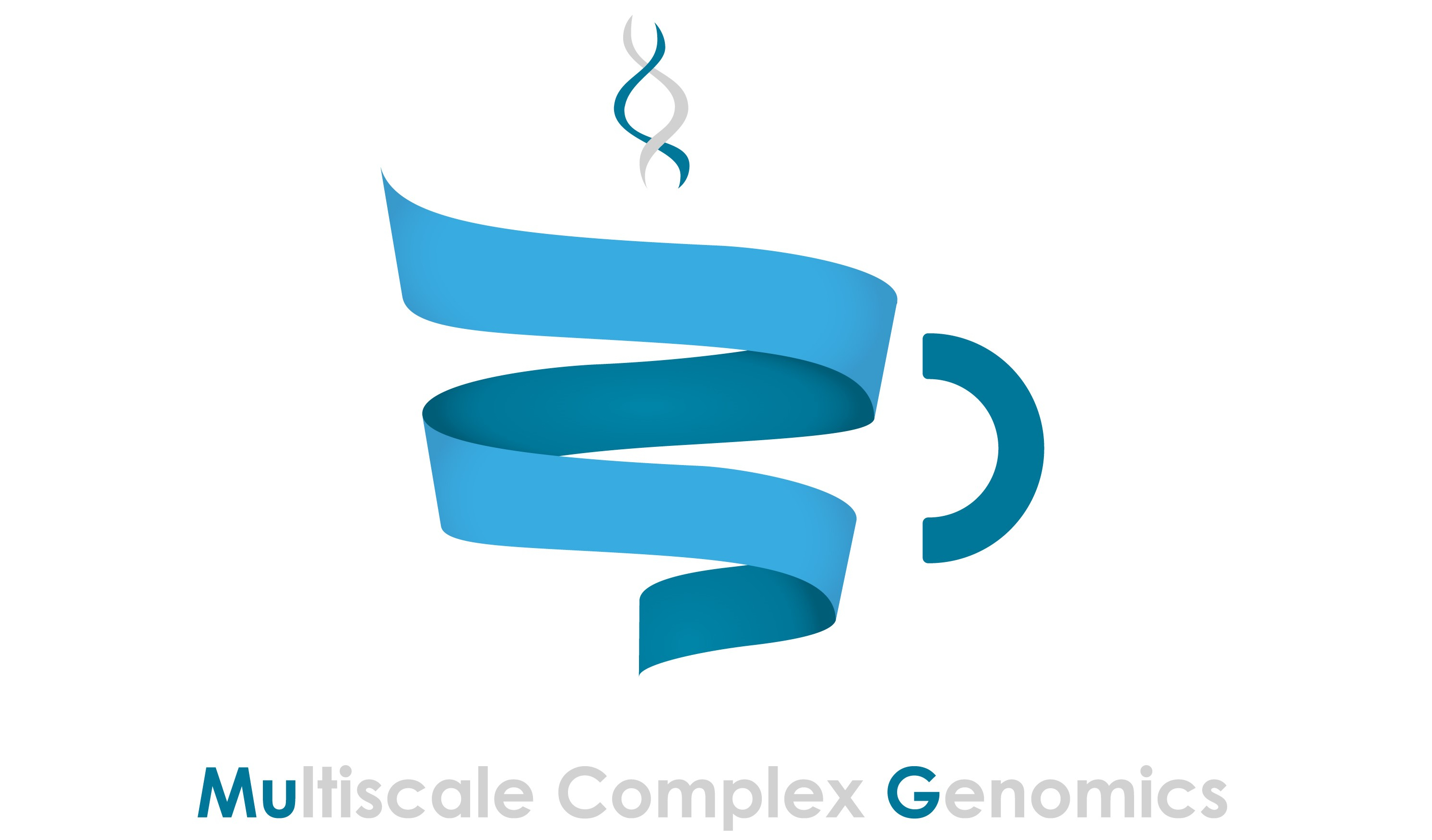

|
|
3DAROC18 3C-based data analysis and 3D reconstruction of chromatin foldingDownloadable poster in PDF |
|
IMPORTANT DATES for this Course Deadline for applications: Aug 31st 2018
|
Instructors: |
Affiliation: Centro Nacional de Análisis Genómico (CNAG) and Center for Genomic Regulation (CRG), Barcelona, ES |
Affiliation: Centro Nacional de Análisis Genómico (CNAG) and Center for Genomic Regulation (CRG), Barcelona, ES |
Affiliation: Centro Nacional de Análisis Genómico (CNAG) and Center for Genomic Regulation (CRG), Barcelona, ES |
Affiliation: Institute for research in Biomedicine (IRB), Barcelona, ES |
Affiliation: Institute for research in Biomedicine (IRB), Barcelona, ES |
Course description3C-based methods, such as Hi-C, produce a huge amount of raw data as pairs of DNA reads that are in close spatial proximity in the cell nucleus. Overall, those interaction matrices have been used to study how the genome folds within the nucleus, which is one of the most fascinating problems in modern biology. The rigorous analysis of those paired-reads using computational tools has been essential to fully exploit the experimental technique, and to study how the genome is folded in space. Currently, there is a clear expansion on the wealth of data on genome structure with the availability of many datasets of Hi-C experiments down to 1Kb resolution (see for example: http://hic.umassmed.edu/welcome/welcome.php ; http://promoter.bx.psu.edu/hi-c/view.php or http://www.aidenlab.org/data.html). In this course, participants will learn to use TADbit, a software designed and developed to manage all dimensionalities of the Hi-C data:
Note: Although the TADbit software is central in this course, alternative software will be discussed for each part of the analysis. |
Target AudienceThe course design is oriented towards experimental researchers and bioinformaticians at the graduate and post-graduate levels. The last edition of this course was attended by people with different backgrounds and interested in the genome organization. Moreover, Hi-C data have recently been used in metagenomics studies to accurately cluster metagenome assembly contigs into groups that contain nearly complete genomes of each species. It is likely that the participants to this course aim at getting involved in generating Hi-C data for chromosome structure determination or that they just want to be able to correctly interpret and analyse publicly available data. |
Course Pre-requisitesRecommended Linux and basic Python programming skills, graduate level in Life Sciences. TADbit APIThis tutorial is associated with a specific version of TADbit. if you wish to reproduce exactly the results you should use the version of TADbit tagged 3DAROC_2018. To install this version, please issue these commands: git clone https://github.com/3DGenomes/TADbit cd tadbit git checkout tags/3DAROC_2018 sudo python setup.py install TADbit toolsMost of the tasks of the "core pipeline" can be tunned directly from command line (without any python), using TADbit tool. Have a look to the commands, and the metadata of the results. For now TADbit tool is not incuded in the general documetation, as it is still under active development. Use it carefully, and don't hesitate to repport any unexpected behaviour you observe. TADbit page at github: https://github.com/3DGenomes/TADbitVirtual research environmentWith small datasets TADbit core pipeline can be runned through a new Virtual Research Environment (VRE), hosted by the MuG project. This might also be the best place to try TADkit for visualizing genomes in 3D together with interactions matrices and any other genomic track. MuG website from which to access to the VRE: https://www.multiscalegenomics.eu/MuGVRE/ |
|
Detailed Program |
Support and sponsorship



|
|
Instituto Gulbenkian de Ciência, Apartado 14, 2781-901 Oeiras, Portugal Last updated: Sept 4th 2018 |